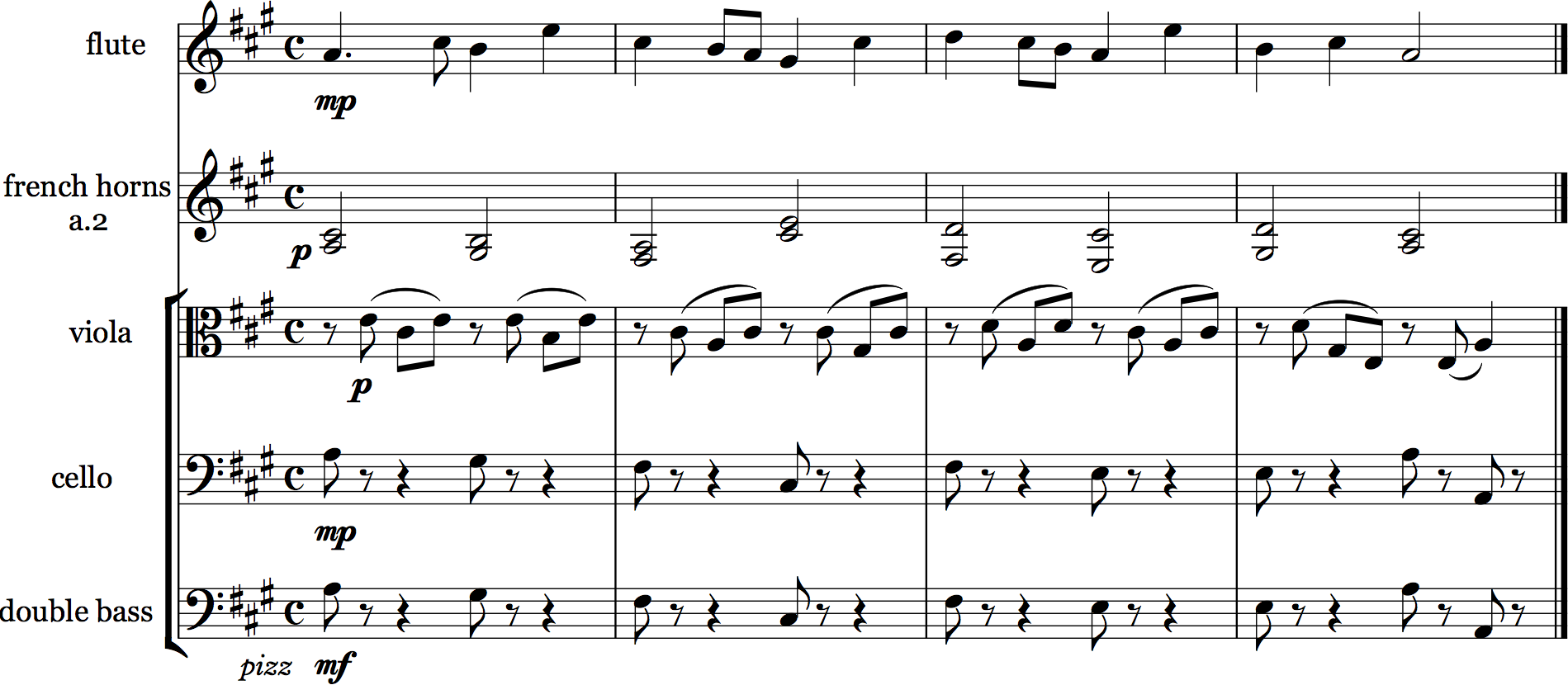C8 | Instrumentation
How to describe instrumentation?
- Some call it orchestration due to the fact that it involves the instruments of the orchestra, their colour or timbre and different sounds.
- Every instrument has its own unique sound, colour and characteristics and this is referred to as timbre.
- Many composers have transferred their piano works to an orchestral version and vice versa.
- With the advances of more developed or sophisticated instruments in the Romantic orchestra containing more extensive sections for brass, woodwind and percussion, the possibilities of sound combinations were limitless.
- Be very aware of the features or attributes of each instrument – their ranges and possibilities.
- Texture is so important to orchestration and be careful that one instrument does not overbalance the other.
- If you have studied the Rondeau by Purcell for your GCSE music examination, you will be familiar with this following theme in the next link, describing the instruments of the orchestra!
Chords
Listen to this piano piece. It contains a melody and broken chords as accompaniment.

Which instrument would you choose to play the melody? A violin? Or maybe a flute or oboe?
- There are at least TWO ways of arranging the broken chords in the left-hand part. Would a French horn be suitable? What about this?

Maybe not. It’s too busy for the horn and overpowers the melody. What about the lower strings which would be lighter in sound and more flexible?

Think of sharing the left-hand part between the cello and viola? The green notes in the above example help you to see what the main notes of the chords each time.

Maybe this is not the answer either.
- It could be orchestrated in a more imaginative way. The nature of the piece which brings to mind the style of the Classical period would benefit from a lighter orchestration. The strings could play pizzicato and varying the dynamics. A double bass could double the cello to give a boost to the first note of each chord. Horns could also be added to play quietly in the background, joining the notes of the broken chords and playing sustained chords. How about this?

Want to know more? Many books are available but the book that is used extensively by musicians is Orchestration by Walter Piston.
timbre – the quality, colour or unique sound of any instrument.